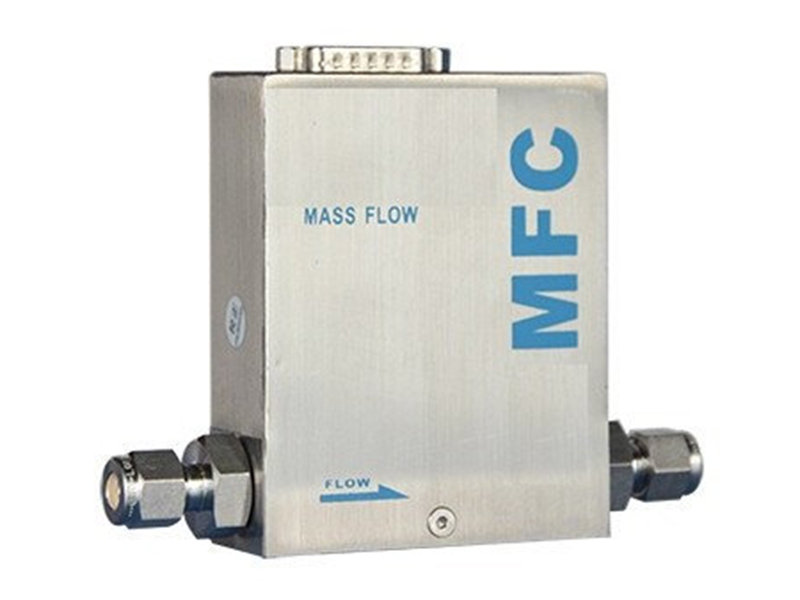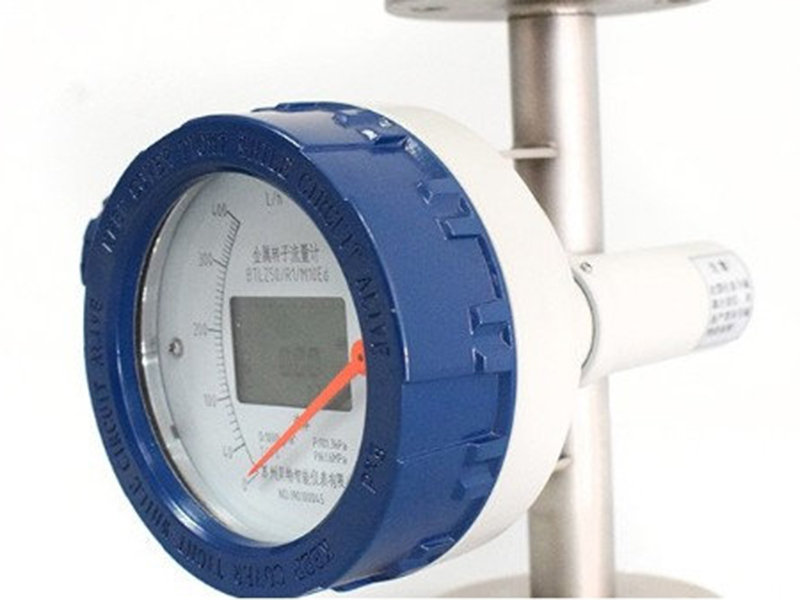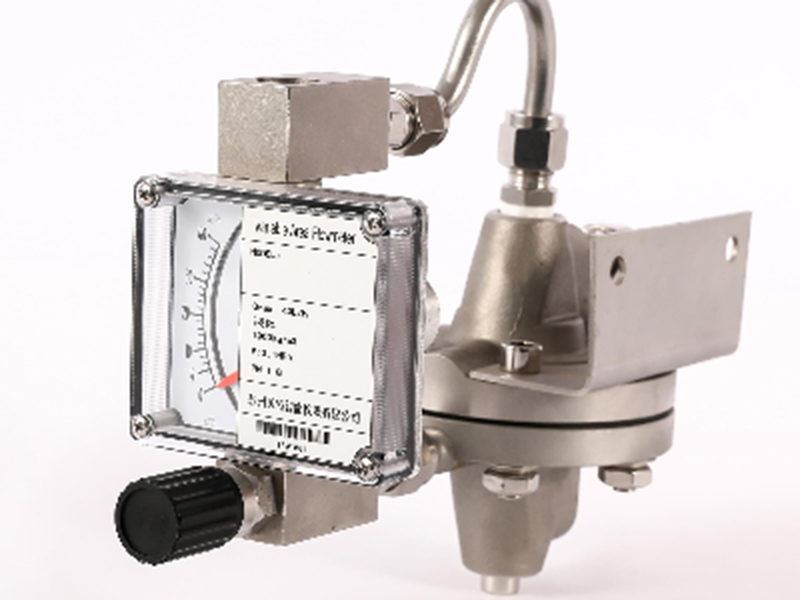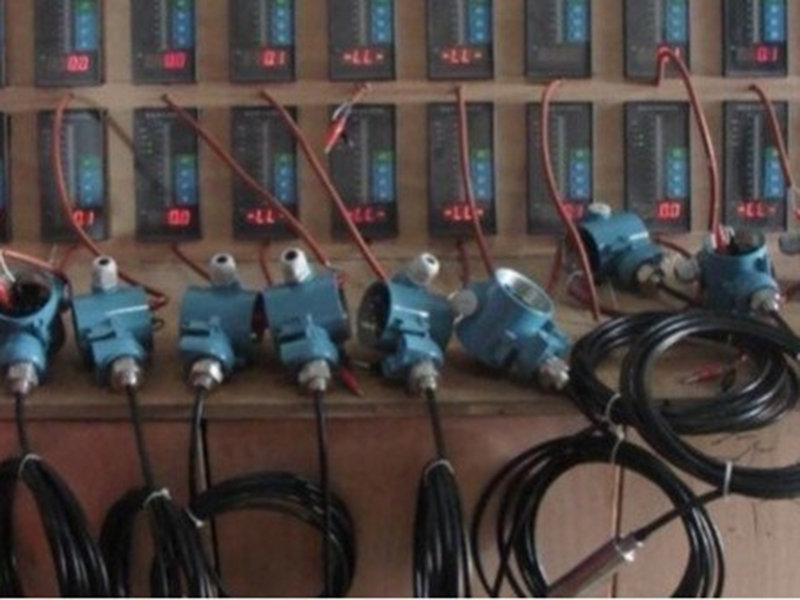Application du débitmètre massique thermique à la mesure du débit de gaz de haute pureté
Pour l'hydrogène de haute pureté, sa densité dans des conditions standard est stable et connue, de sorte que l'utilisation d'un débitmètre à pression différentielle pour mesurer son débit permet d'obtenir la même précision que la mesure de l'azote et de l'oxygène. Cependant, lorsqu'on utilise un débitmètre massique thermique pour mesurer le débit d'hydrogène, une autre différence apparaît. Il s'agit de la différence de propriétés thermiques.
Comme nous le savons tous, les débitmètres massiques thermiques doivent être étalonnés en débit réel avant de quitter l'usine, et lorsqu'ils sont envoyés à l'agence de vérification métrologique pour vérification, ils doivent également être étalonnés en débit réel. Pour les débitmètres massiques thermiques, il existe de nombreux types de gaz et il est impossible de construire un dispositif d'étalonnage du débit pour chaque gaz. Pour résoudre ce problème, la méthode de substitution est généralement utilisée pour l'étalonnage et la vérification.

GB/T20727-2006 "Thermal Mass Flowmeter for Fluid Flow Measurement in Closed Pipes"/ISO14511:2001 stipule que les débitmètres massiques à gaz thermique peuvent être étalonnés en utilisant des gaz de substitution qui sont et/ou similaires au gaz de traitement à mesurer. Il faut ensuite utiliser le facteur K pour la correction ou le calcul numérique afin de le convertir dans le gaz de procédé à mesurer et/ou dans les conditions d'exploitation. La littérature estime qu'il peut être étalonné directement avec de l'air, puis corrigé avec le facteur K. Les expériences ont montré que l'incertitude augmente avec le temps. Les expériences ont montré que l'incertitude augmente d'environ 2%. Les coefficients de conversion de plusieurs gaz donnés dans la littérature sont énumérés dans le tableau 1. Les coefficients de conversion des débitmètres massiques thermiques fournis par un fabricant sont indiqués dans le tableau 2. La dernière ligne du tableau met l'accent sur le fait que Des sources de données différentes auront des données différentes.
L'utilisation de cette méthode pour étalonner le débitmètre est en fait un dernier recours. Les propriétés thermiques de l'azote et de l'oxygène sont légèrement différentes de celles de l'air, car les principaux composants de l'air sont l'azote et l'oxygène, de sorte que l'erreur supplémentaire introduite par la méthode de conversion devrait être faible. Cependant, l'hydrogène est très différent de l'air. La conductivité thermique de l'hydrogène est 7 fois supérieure à celle de l'air, la densité de l'hydrogène n'est que 7,1% de celle de l'air et la capacité thermique spécifique molaire cp à pression constante est 13 fois différente. Ces différences entraîneront des erreurs importantes dans la conversion. En outre, la température et la pression du fluide entraîneront également des erreurs supplémentaires au niveau du point zéro et de la plage du débitmètre massique thermique mis en service.
Selon les normes industrielles applicables, il est nécessaire d'utiliser le gaz mesuré dans les conditions réelles de température et de pression de travail pour effectuer le réglage du point zéro. En ce qui concerne l'influence de la température et de la pression sur la gamme, la norme GB/T20727-2006 stipule qu'un tableau standard doit être fourni pour donner les valeurs de mesure de référence dans les conditions de travail avant que la comparaison et l'ajustement puissent être effectués. Il est souvent difficile de trouver un tableau standard qui réponde aux exigences. Les influences susmentionnées entraîneront des erreurs importantes pour le débitmètre massique thermique.
Ce qui précède est l'application du débitmètre massique thermique dans la mesure du débit de gaz de haute pureté compilé par l'éditeur Beite. J'espère qu'il sera utile à tous. Si vous avez d'autres questions, n'hésitez pas à nous contacter et nous vous apporterons une aide précieuse.



